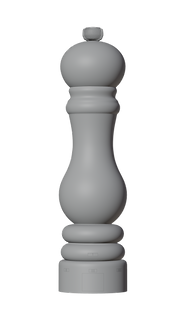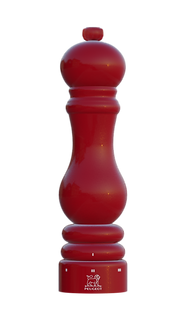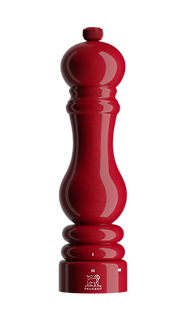3D Animation
From a static model to a dynamic world
3D animation brings a digital model to life by simulating its movements in a virtual space, using techniques such as rigging, timeline animation, and simulation.

Un storyboard est un outil essentiel dans la production d’une animation 3D. Il s’agit d’une série d’illustrations ou de croquis, souvent accompagnés de descriptions textuelles, qui représentent les différentes étapes clés d’une scène ou d’un projet.
Le storyboard aide à planifier efficacement la production, en identifiant les besoins en modèles 3D, éclairages, textures, et effets visuels.
3D modeling is the first step in creating a digital object or environment. It involves building a three-dimensional model using points (vertices), edges, and faces to form a geometric structure known as a mesh.
Each step of the process can be visualized using different display modes (Wireframe, Solid, Material Preview, Render).
This progression, illustrated in the image beside, reflects the journey from a raw concept to a visually polished and immersive representation.






Set creation is a crucial step in 3D production, as it defines the universe where characters and objects evolve. A well-designed set brings immersion to life, providing a visual and emotional framework for the story or animation.
A successful set goes beyond being visually impressive—it tells a story and enhances the experience. Whether it’s a simple background or a complex, interactive environment, the set reflects the imagined world, allowing the viewer to fully dive into the narrative.
Lighting is far more than just a source of illumination—it sets the atmosphere, highlights emotions, and directs the viewer’s attention.
In 3D, lighting goes beyond technical adjustments; it is an artistic discipline requiring a sharp sense of composition and visual storytelling. Well-thought-out lighting can transform a simple scene into a captivating masterpiece, breathing life and emotion into every pixel.
